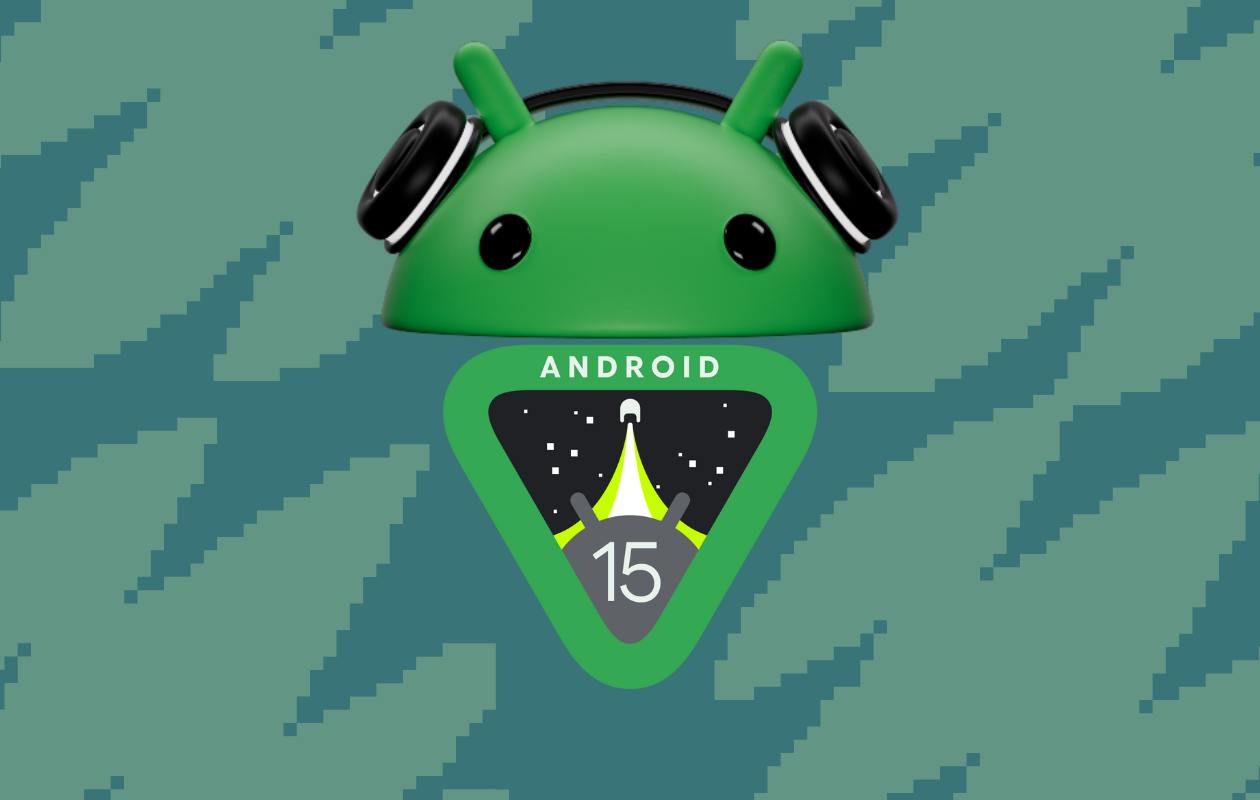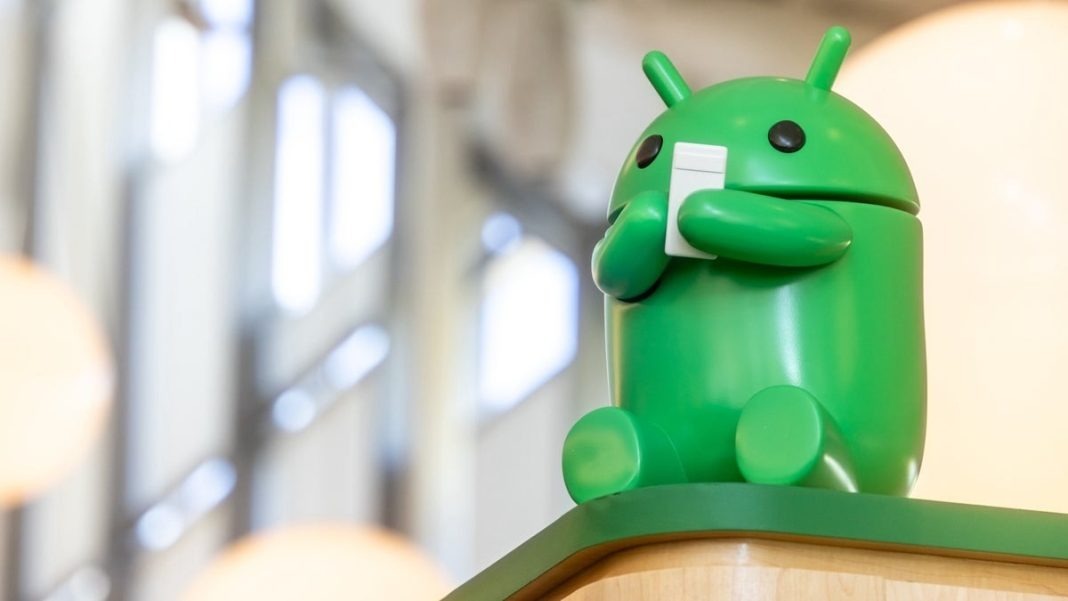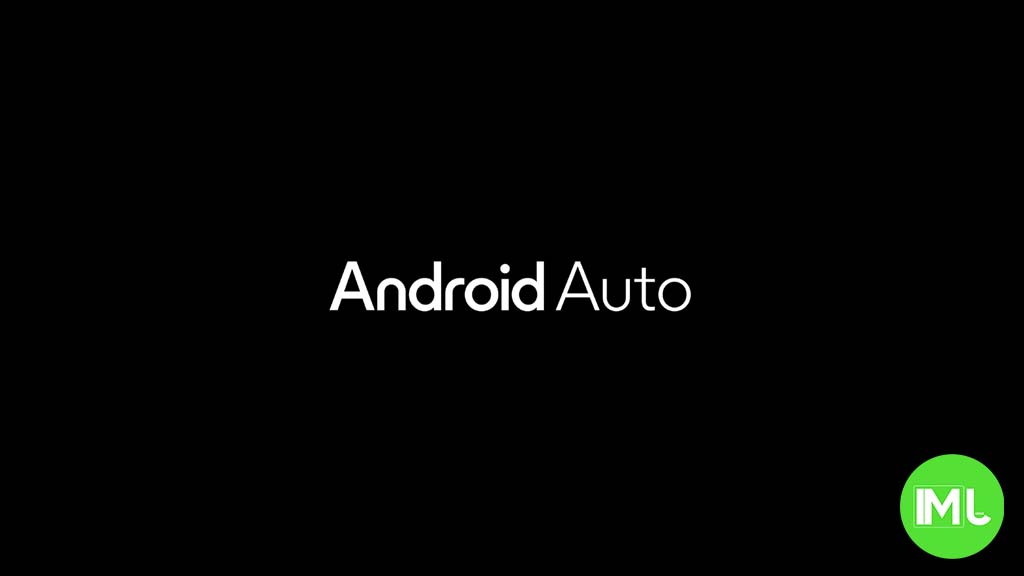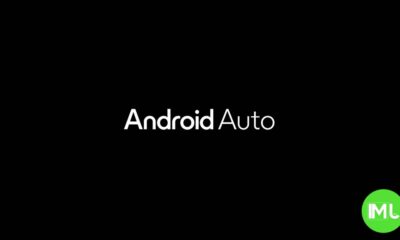Android
Google’s Tensor chips set for major efficiency boosts in Pixel 10 and 11, with 7-year Android update push for Snapdragon 8 Elite

Google’s next-generation Tensor chips, expected to power the Pixel 10 and Pixel 11, are gearing up for significant efficiency upgrades. According to recent reports, these improvements focus heavily on optimizing battery life and reducing heat generation—key pain points for previous Pixel models. The shift in Google’s chip strategy also aligns with a broader push for extended Android software updates, setting the stage for a more reliable and long-lasting Android ecosystem.
Big Efficiency Gains with Tensor G5 in Pixel 10
Google’s Tensor chip series, first introduced with the Pixel 6, has consistently improved over time, especially in terms of performance and energy efficiency. Yet, issues like battery life and heat dissipation remained prevalent in the Pixel 6, Pixel 7, and even the Pixel 8. While the Tensor G3 and G4 chips have shown some improvement, Google is still working to catch up to Qualcomm’s Snapdragon processors, which have long set the benchmark for power efficiency in Android devices.
Looking ahead, Google’s upcoming Tensor G5 chip, codenamed “Laguna,” is expected to focus primarily on enhancing efficiency rather than introducing massive performance boosts. Reports suggest that Google will move production away from Samsung’s foundry to TSMC, a decision that aligns with the use of TSMC’s 3nm N3E process, the same advanced technology behind Apple’s iPhone 16 Pro chips. This change alone promises a significant leap in energy efficiency, as TSMC’s processes have been proven to be more power-efficient than Samsung’s.
Tensor G6 for Pixel 11: Further Efficiency Gains with TSMC’s N3P Node
Following the improvements in the Tensor G5, Google is already planning for its Tensor G6 chip, which is expected to power the Pixel 11 series in 2026. This chip, internally codenamed “Malibu,” will reportedly use TSMC’s N3P node, a more refined version of the 3nm process. This upgrade could bring even more efficiency improvements to the Pixel 11, potentially making it one of the most power-conscious flagship smartphones on the market.
While performance details for Tensor G5 and G6 remain under wraps, Google appears focused on refining power consumption and heat management as key priorities.
Google’s 7-Year Update Plan for Android Phones
Beyond hardware improvements, Google is also leading the charge in extending Android software support. The company made waves by promising 7 years of Android updates for the Pixel 8 series, a major leap from the standard 3-4 years most manufacturers offer. Now, Google is aiming to push other Android manufacturers to follow suit.
Reports from Android Authority reveal that Google has introduced the “Longevity GRF” program. This initiative is designed to make it easier for manufacturers to provide long-term software support. A major hurdle for extended Android updates has been the limited support for chipsets from manufacturers like Qualcomm, which typically only offer software updates for their chips for a few years.
Google’s GRF (Google Requirements Freeze) program, implemented a few years ago, started to address this by allowing some Android updates to roll out without requiring new vendor software. However, this only extended support by three years, after which updates became more complex.
Longevity GRF: Paving the Way for 7-Year Android Updates
The new “Longevity GRF” program takes things a step further. It allows Android manufacturers to support up to 7 years of OS updates without needing to overhaul vendor software for every update. This simplifies the process of extending software updates on Android devices.
However, manufacturers will still need to update the Linux kernel, the core software that interacts with the device’s hardware, at least every three years. This is crucial for security purposes, as relying on older Linux kernels can make it difficult to implement security patches.
While the new program ensures that Android phones can receive longer software support, it may come with some trade-offs. Specifically, devices may not get access to certain new features introduced in future Android versions if those features require vendor software updates. For example, Android 12’s 2G toggle or Android 13’s flashlight brightness API needed updated vendor software to function, even if the main Android update had been installed.
Qualcomm’s Snapdragon 8 Elite: The First Chip to Support Longer Android Updates
One of the first chips to support the Longevity GRF program is Qualcomm’s Snapdragon 8 Elite, which is expected to feature in a range of high-end Android devices in the coming years. Though there hasn’t been an official announcement from Google or Qualcomm, the move signals a new era for Android, where long-term software support becomes the norm, even on non-Google devices.
As the landscape of Android evolves, Google’s push for longer update lifecycles—coupled with its focus on efficiency in its Tensor chips—could greatly improve user experience, ensuring that Android phones remain powerful, efficient, and secure for years after their release.
In conclusion, Google’s upcoming Tensor G5 and G6 chips for Pixel 10 and Pixel 11 are poised to bring major efficiency improvements, thanks to the switch to TSMC’s advanced 3nm process. At the same time, Google’s “Longevity GRF” program could reshape the Android ecosystem by pushing for longer software support across a wider range of devices, starting with Qualcomm’s Snapdragon 8 Elite. With these efforts, Google is setting the stage for more reliable, energy-efficient, and longer-lasting Android smartphones in the future.
Android
Android 15 grows slowly, while Google brings new AI tools to search and creators

Google has shared the latest Android version usage numbers, showing that Android 15 is still in the early stages of adoption. As of April 2025, only 0.1% of Android devices are using Android 15. This version is currently in its beta phase, mostly available on Pixel and select partner phones. Android 14 leads the way with a 35.2% share, followed by Android 13 at 17.3% and Android 12 at 15.4%. Android 11 still holds 12.4%, showing how long older versions stick around.
Meanwhile, Google is also making changes in its AI efforts. The Gemini AI “prompt bar,” first seen in the Chrome browser, is now being tested in Google Search. This new feature lets users type or click suggestions to ask questions directly using Gemini, making search more interactive. It’s rolling out to more people gradually.
In addition to that, Google introduced Veo, a powerful video generation tool for creators. Veo can make high-quality videos from simple text prompts, using advanced AI to understand scenes, emotions, and cinematic styles. Google is currently letting select creators try Veo through a waitlist.
Together, these updates show how Google is improving both its Android platform and AI services. While Android 15 adoption is just beginning, features like the Gemini prompt bar and Veo highlight the company’s growing focus on AI to enhance user experiences across devices and tools.
Android
Pixel Watch gets better media controls, and Android tests bubble bar for phones

Google is rolling out two new updates that aim to improve the experience on Android devices, including the Pixel Watch and Android phones.
First, the Pixel Watch is getting upgraded media controls. With the new update, users can now swipe between different media apps like Spotify and YouTube Music more easily. Instead of going back and forth through menus, you can just swipe left or right to switch apps. The update also adds a shortcut to quickly launch the full media app right from the watch. This makes listening to music or podcasts much smoother and faster.
Meanwhile, Google is testing a new feature for Android phones called the “bubble bar.” This new feature is meant to replace or enhance the current taskbar and app dock. It looks like a small floating bar with app icons, similar to bubbles. Users can easily switch between apps without going back to the home screen. The bubble bar could be especially helpful for larger-screen devices like foldables or tablets, making multitasking simpler.
These updates show how Google is working to make Android more user-friendly across different devices. While the Pixel Watch update is starting to roll out now, the bubble bar is still being tested, so it may take a while before it becomes available to everyone.
Android
Android Auto weather card not working for many users

Android Auto has recently had a small but annoying problem—its weather card isn’t showing up for many users. Usually, this feature shows the current temperature and weather condition in the top corner of the dashboard, which is helpful while driving. But now, for a lot of people, it’s either missing or just showing a blank space.
Reports about this issue have been popping up on Google’s support forums and Reddit over the past week. Some users say the card disappeared after a recent Android Auto update, while others noticed it went away without any changes to their apps or settings.
What’s odd is that Google hasn’t confirmed if this is a bug or a planned change. As of now, there’s no official fix or update. Some users tried restarting their phones, clearing cache, or reinstalling the app, but these steps didn’t work for everyone.
This isn’t the first time something like this has happened. Android Auto has had similar issues with the weather card in the past, which were usually fixed through updates. Until Google releases a fix or gives more info, users will just have to wait and hope the card comes back soon.
If you’re affected, it’s a good idea to keep your app and phone updated in case a fix rolls out.
-

 Apps1 year ago
Apps1 year agoGboard Proofread feature will support selected text
-

 News1 year ago
News1 year agoSamsung USA crafting One UI 6.1.1
-

 News1 year ago
News1 year agoBreaking: Samsung Galaxy S22 may get Galaxy AI features
-

 News1 year ago
News1 year agoSamsung Galaxy S23 Ultra with One UI 6.1 and all S24 AI features revealed
-

 News1 year ago
News1 year agoOne UI 6.1 Auracast (Bluetooth LE Audio) feature coming to many Samsung phones
-

 News1 year ago
News1 year agoSatellite SOS feature coming to Google Pixel phones, evidence leaked
-

 Apps11 months ago
Apps11 months agoGoogle’s fancy new Weather app is finally available for more Android phones
-

 News1 year ago
News1 year agoGoogle Pixel evolves as Europe’s third best selling flagship








